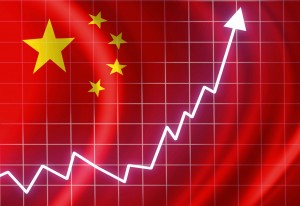For better or worse, we owe computers and their algorithms for our new way of life. For instance, there once was a time when forex traders had to rely on phones, newspapers and unconfirmed rumors to do business. Even back then, forex markets were considered among the most liquid financial markets around and an absolute necessity if you needed to trade currencies in order to get foreign merchandise and services. That need was the driving force behind forex markets from the get-go. Since what happens in the forex markets could affect entire economies of different countries, forex markets have always attracted attention from governments and major players on the world stage. Back then, the difference between brokers and clients was huge. Fortunately, that gap has shrunk considerably (or closed completely in some cases) by now. In modern forex markets, almost everything is done via computers.
When it comes to forex trading, one of the monumental changes ushered in by the era of computers is the possibility of algorithmic trading. Forex algorithms are basically sets of rules made to accomplish a specific goal automatically and at low cost. Forex traders input parameters like price, quantity and time and computers do the rest.
Types
There are five types of algorithmic trading in forex markets: statistical algorithmic trading, auto-hedging, algorithmic execution strategies, direct market access and finally high frequency trading. Statistical algorithmic trading is a type of algorithmic trading where computers search for trading opportunities as defined by their forex trader users. Computers identify potential trading opportunities based on statistical analysis of available data in real time. Auto-hedging is a type of algorithmic trading whose goal is to reduce the risk of monetary loss as much as possible, without damaging the potential for making money. This is achieved by reducing the amount you can lose if the worst case scenario comes true. Direct market access refers to the speed and cost at which forex traders can utilize multiple trading platforms. The main feature of high frequency trading is the high rate of trade order executions. It enables traders to place orders without having to worry if the price changes by the time their order is executed, but haste is not always a good thing. It does provide the opportunity to exploit miniscule changes in price at relatively low risk, although the speed at which this is done carries its own potential for errors.
However, trading algorithms have attracted some criticism. Some consider them unfair because the rich can afford superior algorithms, gaining crucial speed advantage. Furthermore, they cannot adapt on their own to sudden market changes and need to be monitored constantly, though this may change some day.
Conclusion
Whatever their shortcomings may be, trading algorithms have become an indispensable part of forex markets. They are one of the reasons why forex markets have grown so much over the last decades. Considering the nature of forex markets, trading algorithms will remain a factor for years to come.

